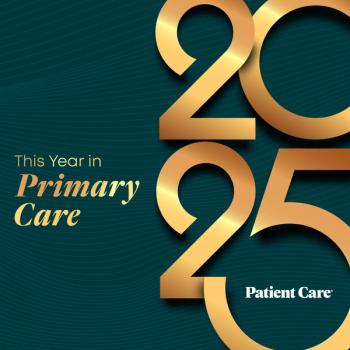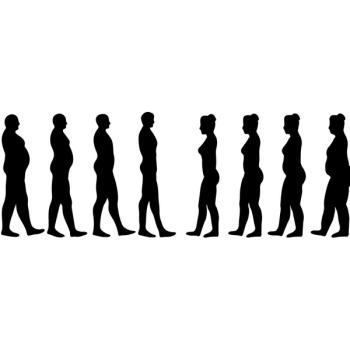
Reverse-dipping BP, Heart Rate Variability Linked to Increased All-cause Mortality in Diabetes
A pattern of nocturnal reverse-dipping blood pressure in persons with type 1 or 2 diabetes put them at more than twice the risk of all-cause mortality, according to new research.
Non-dipping and reverse dipping blood pressure patterns in patients with diabetes are associated with an increase in the prevalence of cardiac autonomic neuropathy and decreased probability of survival, according to a unique study presented at the American Heart Association’s (AHA) Hypertension Scientific Sessions being held virtually September 27 to 29, 2021.
Study authors note that while abnormal patterns of circadian BP and reduced heart rate variability (HRV) are recognized risk factors for cardiovascular (CV) events in persons with
“Previous studies have shown that non-dipping is linked to kidney and cardiovascular disease in healthy individuals and in people with
Chiriacò and colleagues studied a group of 349 patients with type 1 or type 2 diabetes recruited in Pisa, Italy in 1999 for 21 years. All had 24-hour ambulatory BP and HRV monitoring data available. The cohort’s average age was 57 years and 52% were women. Mean BMI was 29.4 kg/m2, mean A1C, 8.6% and 284 participants had type 2 diabetes. Hypertension was identified in 82% and uncontrolled hypertension in 73%, the latter despite being treated with antihypertensive medication.
For purposes of the study, investigators defined dipping status as a ≥10% decline, non-dipping status as a <10% decline, and reverse dipping status as a ≥0.1% increase in average night-time systolic BP (SBP) vs average daytime SBP. Based on these criteria, 166 participants were considered dippers, 144 were considered non-dippers, and 39 were considered reverse dippers.
Chiriacò et al report that during a median follow-up period of 21 (range 14-21) years—a total of 6251 person-years—there were 136 deaths (39%). Compared with nocturnal dippers, prevalence of cardiac autonomic neuropathy was progressively higher in in non-dippers and reverse dippers (11%, 16% and 31%, respectively). When compared further with overnight dippers (D), non-dippers (ND) and reverse dippers (RD) also exhibited, respectively:
- Low HRV: D 45% vs ND 53% vs RD 62%
- 24-hour hypertension: D 40% ND 60% RD 67%
- Isolated nocturnal hypertension: D 5% ND 27% RD 49%)
- Postural hypotension: D 14% ND 26% RD 43%
- Lower prevalence of white-coat hypertension: D 31% ND 17% RD 13%
Authors also found a pattern of progressively lower mean overall survival (OS) in reverse dippers (16.1±5.3 years) and non-dippers (17.5±5.3 years) compared with nocturnal dippers (18.6±4.6 years).
Investigators noted reverse dippers appeared to be at more than 2 times the risk of all-cause mortality (HR, 2.3 [95% CI, 1.4-3.8]) compared to dippers after adjustment for age, sex, BMI, office SBP, plasma glucose, and diabetes duration and type. Mean OS, they found, was reduced in patients with low HRV compared to high HRV (16.9±5.5 and 18.8±4.4 years, respectively), but the adjusted risk was similar between the groups (HR, 1.3 [95% CI, 0.9-1.9]). There were no significant interactions seen between BP, HRV, and diabetes type and OS.
“Our study shows that 1 in 10 people with type 1 or type 2 diabetes could be a reverse dipper, and that this condition likely more than doubles the risk of death from any cause over 21 years’ time, regardless of blood pressure control,” said Chiriacò in the AHA statement. “It is important that health care professionals look for abnormal blood pressure dipping patterns in people with type 1 or type 2 diabetes. There are strategies to reduce blood pressure during the night.”
She noted that ambulatory BP monitoring is an inexpensive, widely available screening and monitoring tool for the diagnosis of abnormal BP and heart rate circadian variations. “We support using this screening to optimize treatment for people with diabetes,” said Chiriacò.
The study abstract was published simultaneously in the journal Hypertension.
Source: Martina Chiriacò M, Sacchetta L, Forotti G, et al.
Newsletter
Enhance your clinical practice with the Patient Care newsletter, offering the latest evidence-based guidelines, diagnostic insights, and treatment strategies for primary care physicians.






























































































































































































































































































































